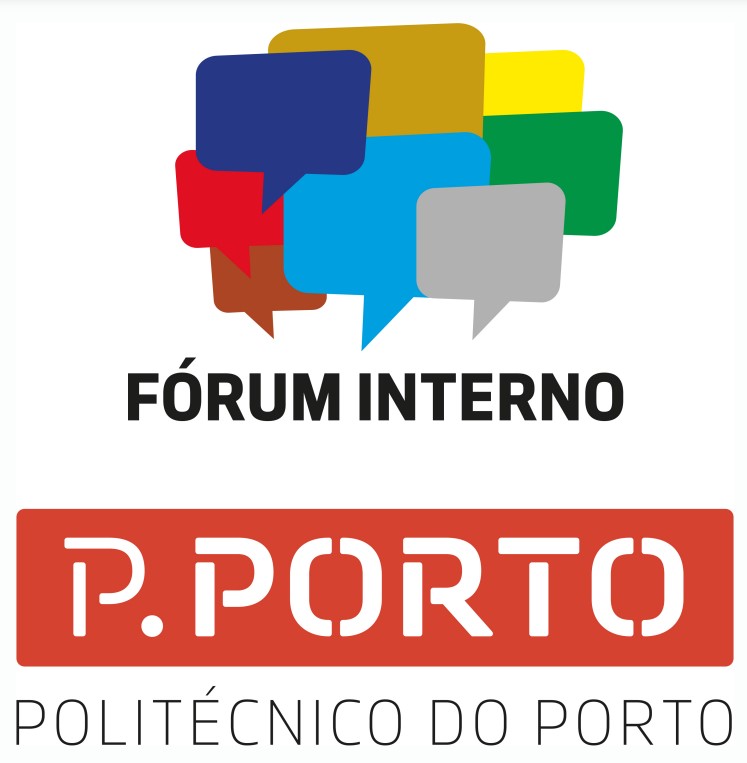Antonymy and networking lexical organization in the 1st CEB: teaching proposal using bimodal narratives and increased reality
DOI:
https://doi.org/10.34630/sensos-e.v6i3.3628Keywords:
antonyms, verbal, bimodal and multimedia narratives, language teaching, Primary school teachingAbstract
In this article, it will be presented one of the products of the Project Língua e Cidadania: das relações entre palavras ao conhecimento do mundo – a didactic proposal for primary school, including Augmented Reality tools. Within this project, and following a perspective of interaction between Lexicon, Culture and Citizenship, we aimed at investigating the linguistic and pedagogical dimensions of the semantic relations between words. We also intended to understand how Mental Lexicon is partially responsible for the cognitive processing of the World (s) and for the interactions and relations between subjects and objects inhabiting them. It is proposed that semantic relations learning is not based on antonymic binary relations, which would promote a dichotomous thought in children as a result of dumb social representations. Therefore, the alternative involves, from the 1st year of Basic Education, teaching multiple relationships and the diversity of possible semantic relationships instead. We will highlight the contributions of multidisciplinary research to the didactic proposal elaboration: through three bimodal narratives, possibilities of lexical organization were questioned, placing apparent dichotomous pairs of words in contexts of occurrence that may admit gradation or synonymy as semantic relations, thus compromising the inevitability of binary antonymic organization/interpretation, but also the negatives consequences of such kind of teaching to early age children, who are building a proactive and responsible citizenship.



